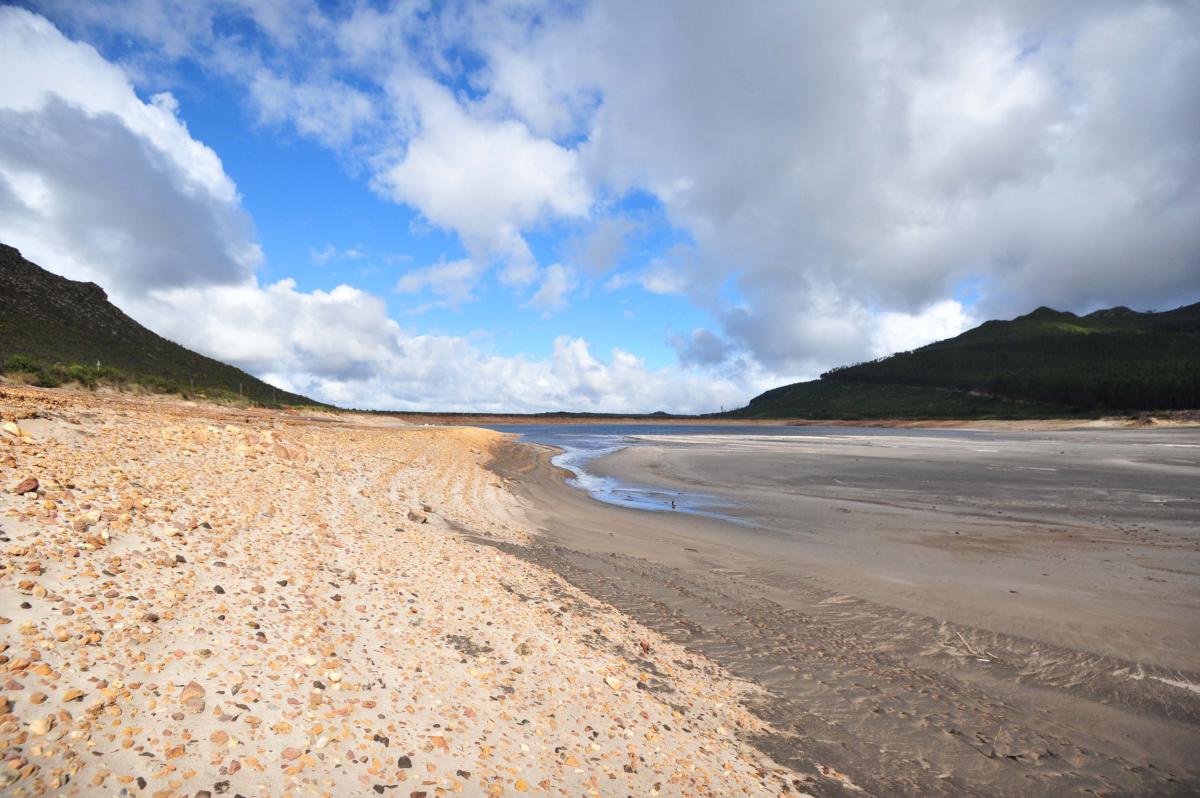Combatting the big dry
Combatting the big dry UrsulaWith the drought having been declared a national disaster, Vuk’uzenzele gets to the cause and what’s being done to save water.
With the drought having reached crisis levels in the Northern and Eastern Cape, where dam levels in the Nelson Mandela Bay Metropolitan Municipality are at only 25 percent, it is time for South Africans to unite to save this scarce and precious resource.
A drought is a prolonged period of abnormally low rainfall which leads to a shortage of water.
According to an associate professor at the University of Cape Town’s Department of Oceanography Dr Mathieu Roualt the main causes of the drought are the El Niño effect and climate change.
“El Niño is a natural and periodic phenomenon that comes back every three to five years and can last up to two years. It increases temperatures in the Pacific and Indian oceans, which in turn can cause drought conditions,” he said.
Climate change is defined as the change in global or regional climate patterns that started in the mid to late 20th century and is largely attributed to increased levels of atmospheric carbon dioxide produced by the use of fossil fuels.
“Over the past century, southern Africa has suffered from dramatic year-on-year changes in the climate, leading to severe droughts and a disturbance in the marine and terrestrial ecosystems. These changes affect the agricultural industry, water reserves and fisheries and thus the broader economy. They also affect the flow of water in streams and vegetation and the fluxes of nutrients into the ocean,” Dr Roualt explained.
These impacts are felt particularly hard by South Africa because our country already has a relatively low average annual rainfall of 450 millilitres (ml), compared to the global average of 860 ml.
What are the impacts of the drought?
In February, the Department of Cooperative Government and Traditional Affairs (COGTA) reclassified the drought as a national disaster.
“After re-assessing the magnitude and severity of the ongoing drought occurring in at least three provinces, disaster management reclassified the drought as a national disaster,” said the head of the National Disaster Management Centre, Dr Mmaphaka Tau.
Although the economic impacts of the drought are difficult to measure, there has been a massive impact on the agricultural sector. In the Western Cape, which is the country’s second-largest contributor to the agricultural gross domestic product, around 21 000 jobs were lost in the third quarter of last year. Wheat production dropped by 47 percent in 2017 and there could be a shortfall of as much as 90 million litres of wine for export and local sales.
Water shortages will also have devastating impacts on sanitation, healthcare and tourism.
What is being done to deal with the situation?
Drought-stricken municipalities have implemented strict water restrictions for residents and businesses.
Desalination plants, pipe-fixing programmes, water recycling and groundwater abstraction have all been identified as solutions to the issue, with these projects already at various stages of completion.